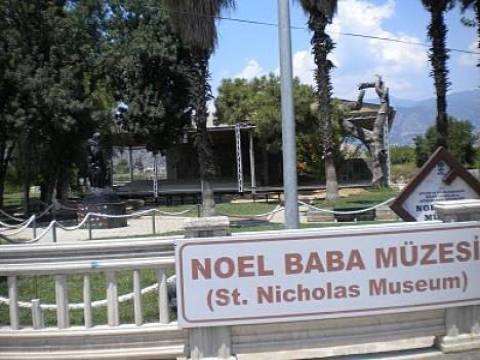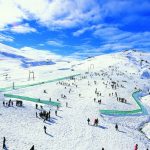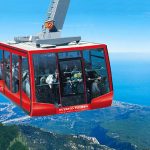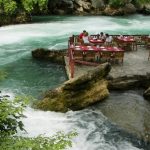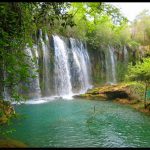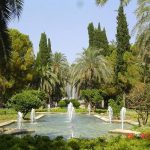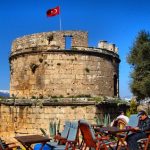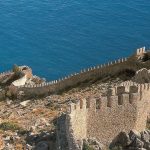We will take a look at where the historical Santa Claus Museum is located in the Demre region between Antalya and Kaş and Finike, which is the most important province of the Mediterranean Region. Every year, local foreign vacationers are interested in visiting the kilter. The visit of many people around the world by believers in Santa Claus is helping to promote our country to the world.
St. Nicholas II. He was born in Patara in the second half of the 3rd century and made a bishopric in Myra. It was the first saint of many European countries, especially the Russian Tsarist. St. Nicholas, who died after his death due to his religious personality, was regarded as one of the most beloved saints in America and even the guardian of New York.
It is said that St. Nicholas died at the age of 65 on December 6, 343. After the death of the Myrans, they built this church on behalf of him and believed that the sarcophagus would be immortal in this church. Some traders who came here during the Crusades were bombarded with bones that stole their bones, took them to Bari and buried there, still preserved in the Antalya Museum.
Despite living in the Mediterranean and never seeing snow, it has been transformed into a loving elderly man who believes that gifts are distributed to children on Christmas days with sleds pulled by card deer due to their protective nature in difficult situations. So this church where his bones are found is called Santa Claus Museum. The Mediterranean seafarers also loved and respected St. Nicholas.
This church is the most important monument of the Middle Byzantine period with its architecture and basilica in Myra (Demre), the capital of Lycia.
After the death of Saint Nicholas of Myriad, this church has been repaired as it was damaged, carrying traces of different periods. Firstly, the Santa Claus among the greens greets visitors when passing through the garden.
The church consists of two inner courtesy courts with a main courtyard, a central space with a dome in the middle surrounded by side aisles, bema and its apse parts in front of it. The corridor in the southern part was considered to be the most suitable place for the protection of St. Nicholas’ sarcophagus, and it was believed that the sarcophagus was protected under the niches in the eastern part. There are two more rooms on the north-eastern and western corners of church.


